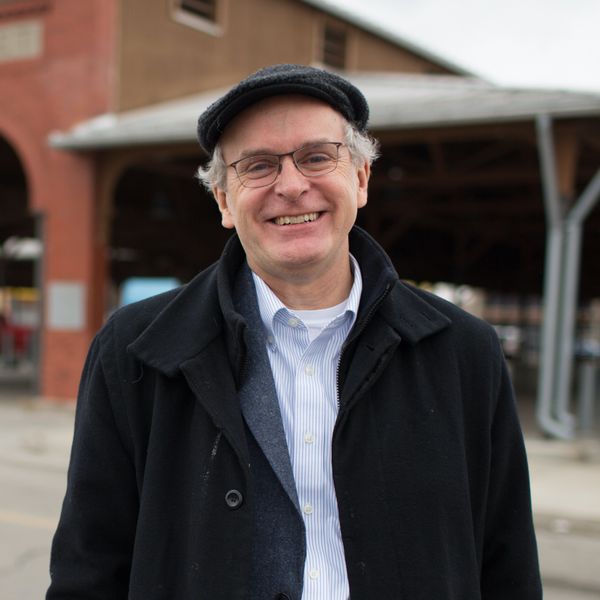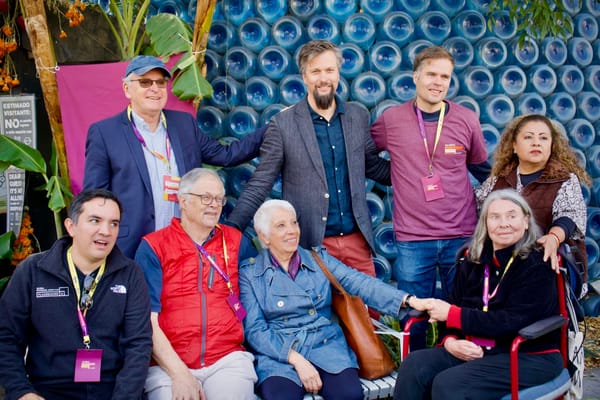The erosion of cities by automobiles proceeds as a kind of nibbling small nibles at first but eventually hefty bites. A street is widened here, another is straightened there, a wide avenue is converted to one way flow and more land goes into parking. No one step in this process is in itself crucial but cumulatively the effect is enormous. Jane Jacobs
Creating the Future We Want and Need
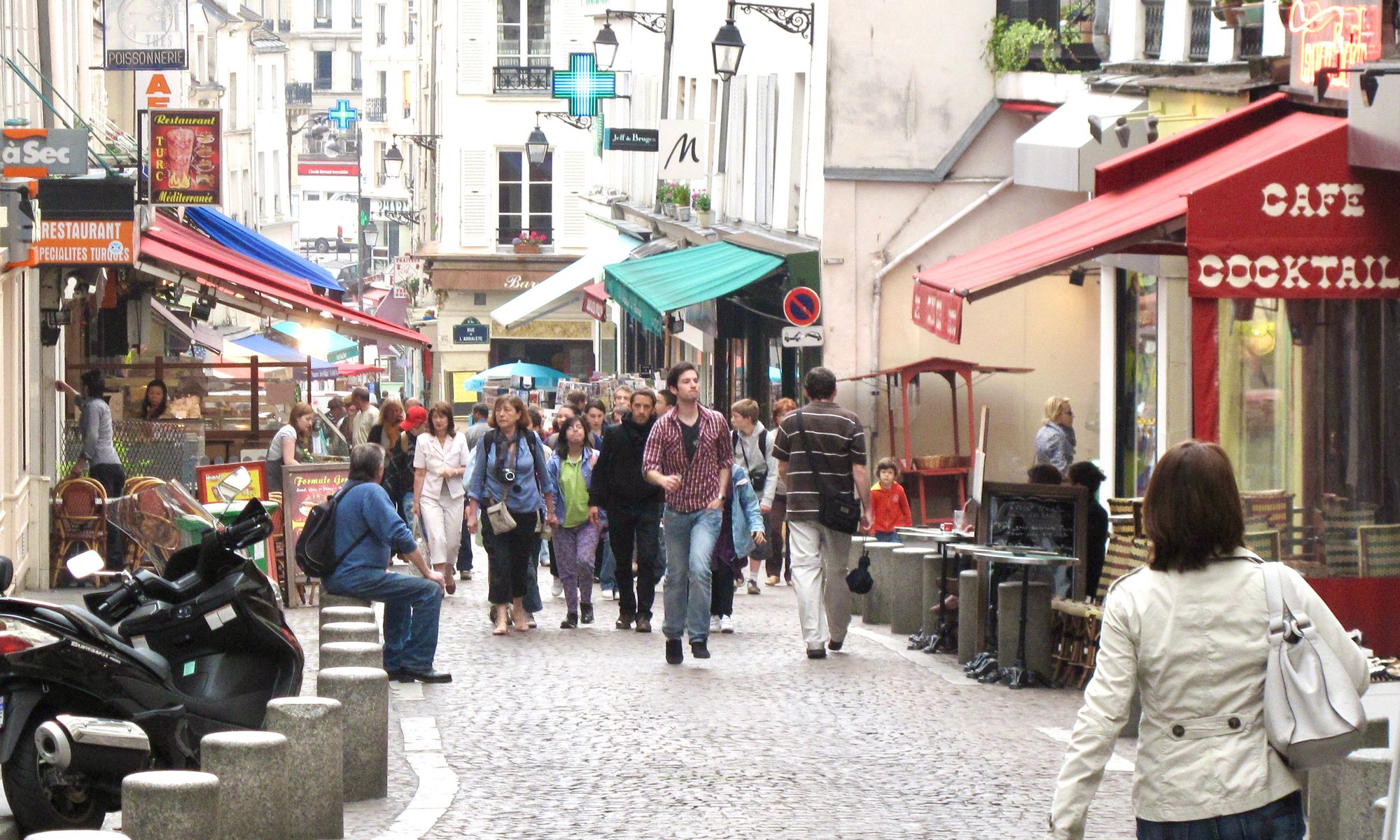
Why does social life matter so much for our sustainable future? And what does the future of our planet have to do with our sidewalks?
Imagine if the places where we live were shaped by our social lives, re-imagined to make it easy for us to gather, shop, have fun, eat together, and meet new people. With this mindset, we would fundamentally change our communities. Maybe this vision is closer than we think: Perhaps, all we have to do to bring this to life is start with the social life of sidewalks.
"There are more and more of us fighting for a different vision of the world—a world that takes care of our most precious resources: the air we breathe, the water we drink and the places we share."
— Anne Hidalgo, Mayor of Paris
For more than a hundred years, communities big and small have been defined by streets planned by professionals who optimize them for vehicles. Human beings are largely left out, and often considered a problem that needs to be “controlled” by limiting any friction they cause with cars. Even though the professions around engineering, transportation planning, complete streets and mobility have broadened their perspective in recent years, mobility, accessibility, and “functionality” of streets are universally emphasized to the exclusion of social well-being fostered by sidewalks, corners, and intersections. Imagine what we could achieve if we turned these last one hundred years upside-down to start with people and their social life.
The implications are enormous. By starting with the social life of sidewalks as the building blocks for better cities, every community could be defined by the vision of its residents and visitors. Local improvisation would be the foundation, meaning that people would shape their own environment. Perhaps reassuringly, there is nothing new about this type of movement.
But very few cities have tapped into this natural, organic way of placemaking, drawing on local wisdom and talent to improve the public realm. Now we have to look back to move forward: What remains now is to get back on track with this type of thinking, and support it more broadly.
COVID-19 has brought us face-to-face with the reality of how important public spaces are in our everyday life, even seemingly basic places like sidewalks. We are rediscovering our public spaces, and looking at them with entirely new eyes. This is a start — and one that’s led to a lot of changes in recent months. Outdoor life has increased exponentially. Sidewalks have become the main venue for social life...dining, promenading and outdoor displays have become the norm. Walking and strolling is now an evening pastime. Chance encounters are happening and sought after.
Climate change is another call to rethink our communities and can build on how sidewalks have already changed during the pandemic. The 15-minute city is a new concept that places the services, workplaces, and public spaces that people need within a reasonable distance of their homes (ideally within 15 minutes of walking or biking). This approach minimizes the need for unnecessary travel and spells out a vision for more sustainable cities. By creating communities that rely less on streets as thoroughfares for cars, our communities will have better air quality and a smaller carbon footprint — meaning that our decisions at the street (and sidewalk) level quite literally have global implications.
The following stories give us a vision of public spaces that we can attain, if we so choose. They focus on sidewalks and streets becoming places primed for a community-level transformation, and draw on our many years of supporting change in cities around the world:
It's the Sidewalks, Stupid
If we ensure that people take priority over vehicles, there’s no limit to how much our shared spaces can transform. If we focus on sidewalks and intersections, we can make them community gathering places that are accessible and safe for all. Read more...
Creating the Streets We Want
"Rich street life is no frill. It is an expression of the most ancient function of a city—a place for people to come together, all kinds of people, face-to-face." — William "Holly" Whyte
Many of the world’s most iconic streets are much like living rooms: they welcome us and invite us to linger. Cities like Paris, Istanbul, Buenos Aires, and Gdansk show us exactly what these streets can offer. Read more...
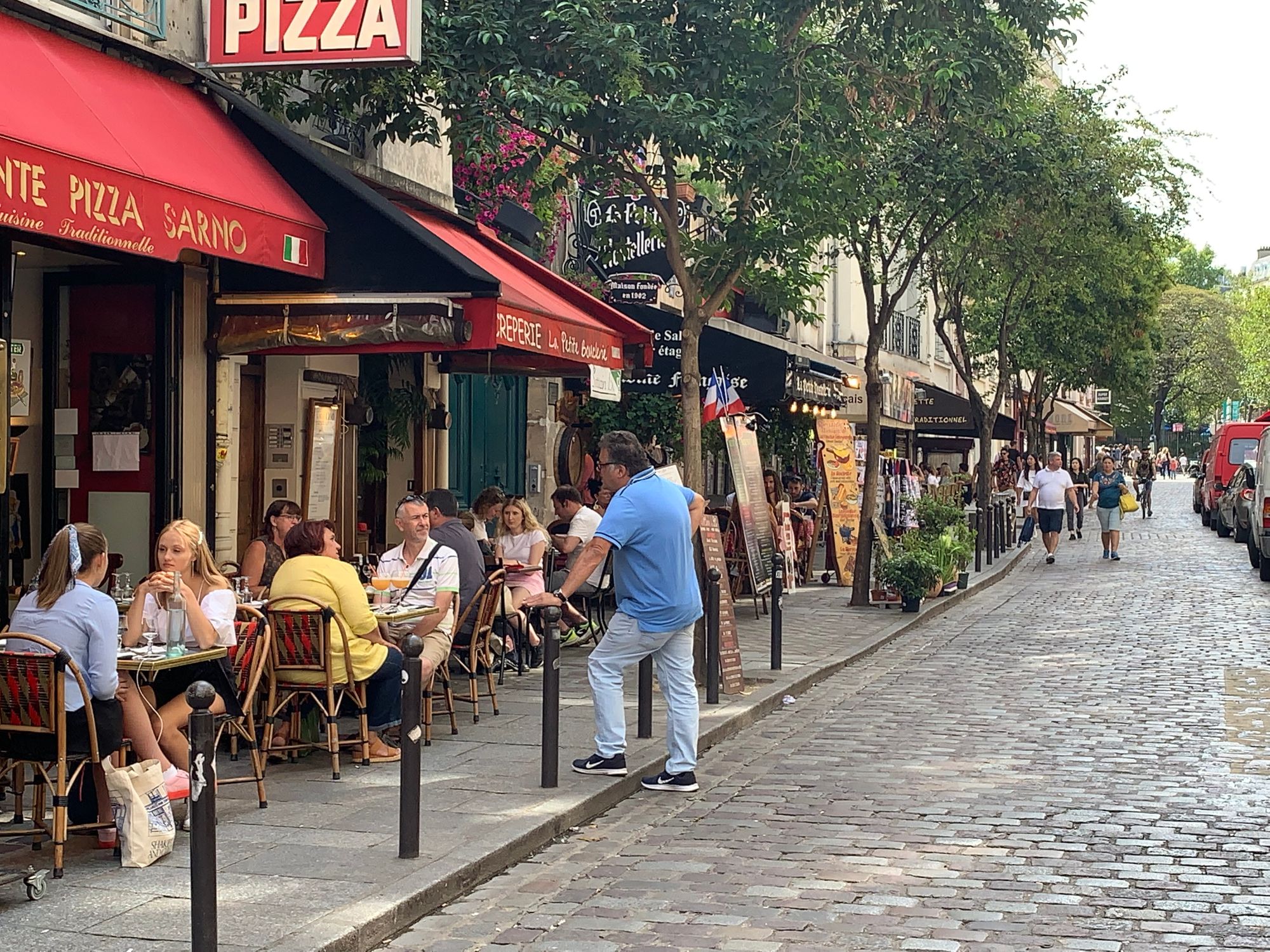
Turn Places "Inside Out" to Revive Social Connection and Local Economies
The COVID-19 pandemic has shown us that the spaces where buildings connect to the outdoor world can be among our most valuable: the cafe tables, porches, plazas, and sidewalks where social life plays out. These places mean that we can reconnect at a safe distance and even support local entrepreneurs. Read more…
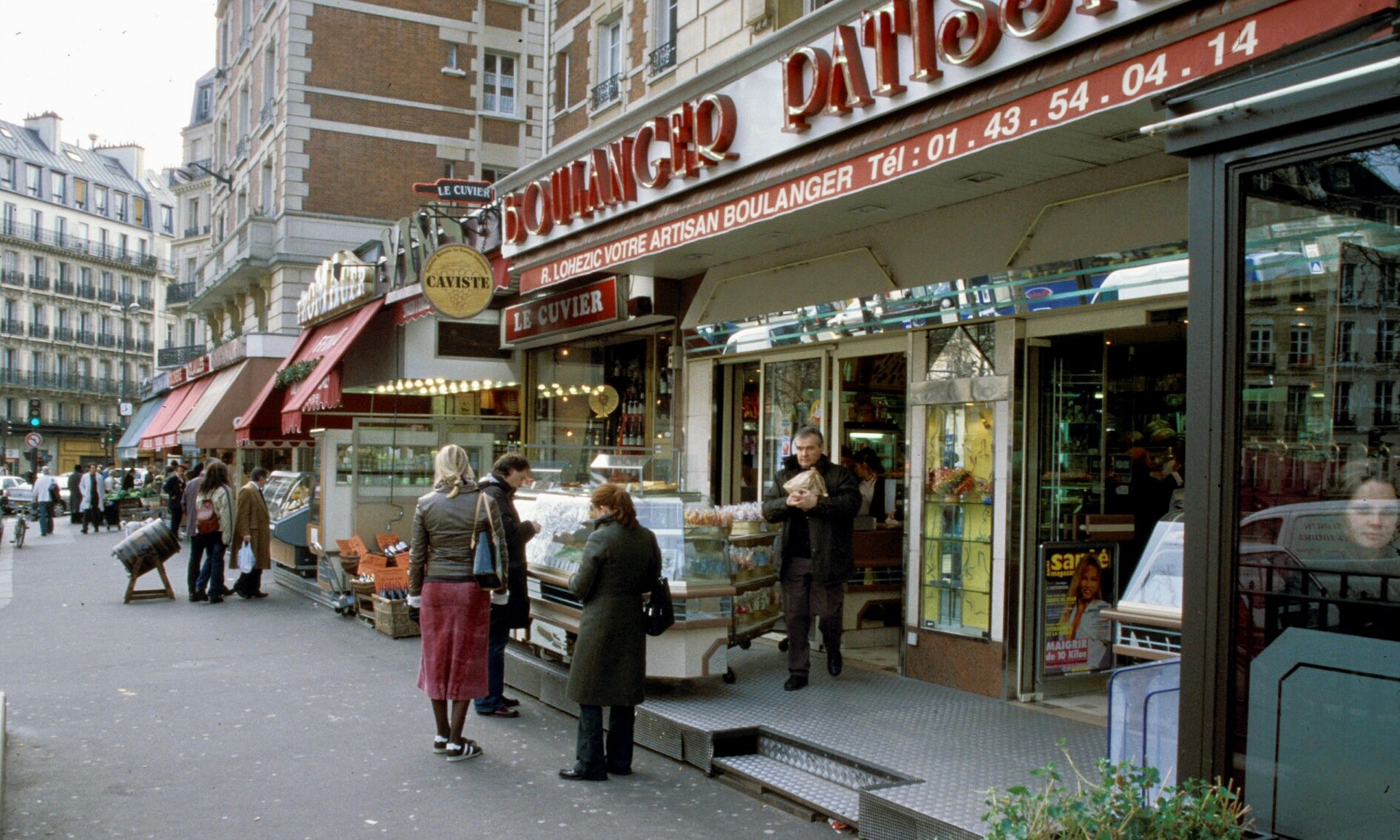
Who owns the Intersection Defines the Social Life of a Neighborhood
Intersections link not only street corners and neighborhoods, but also have the opportunity to forge connections between people. How do we make sure that the places where our paths cross support the social life of our communities? Read more...
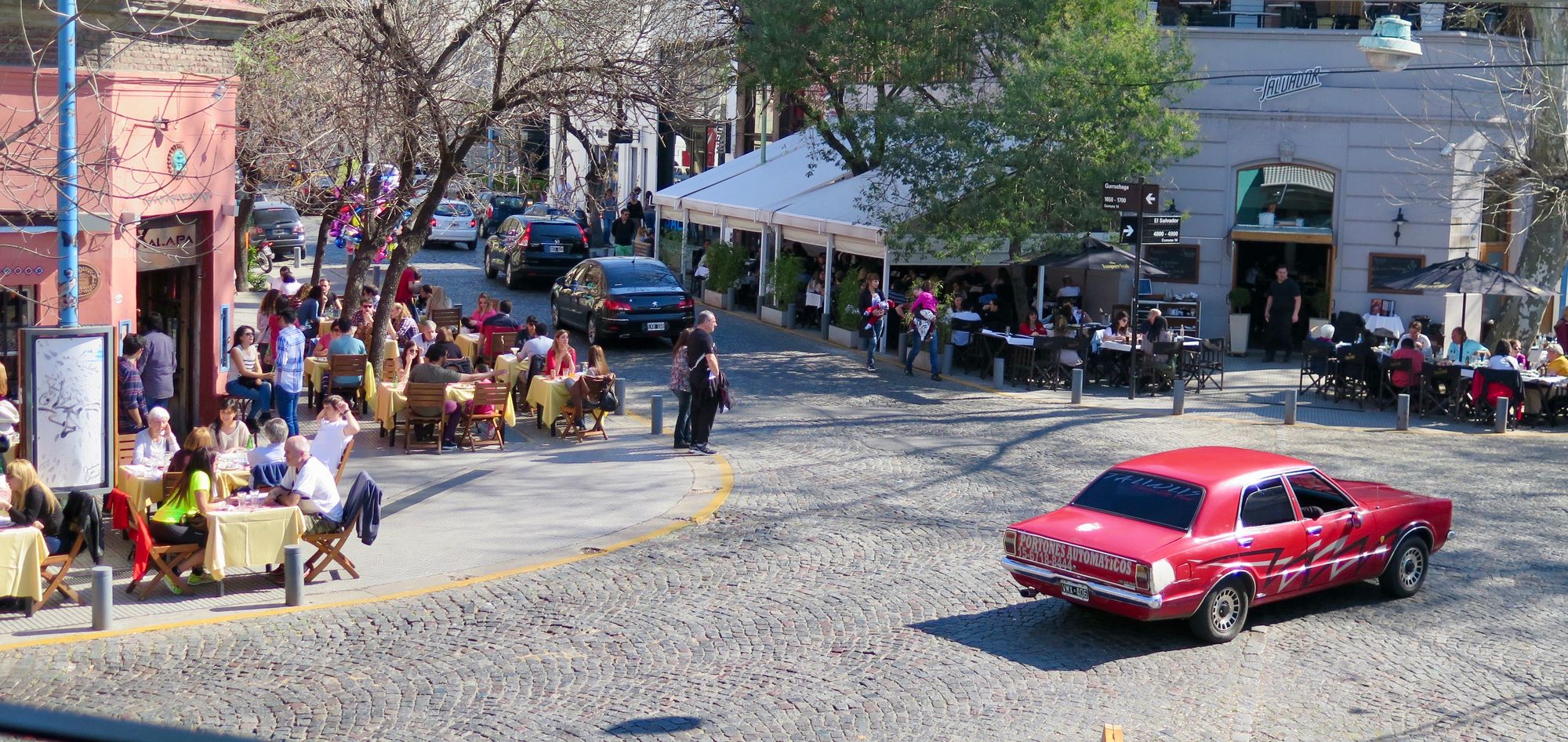
Build Back Better, Together: 10 Ways to Restore Social Connections and Local Economies
Our public spaces are flexible and dynamic, and with a bit of creativity as we emerge from the pandemic, there is growing evidence and excitement as we see how communities are re-opening and businesses are returning, especially in small towns and neighborhoods. Read more...
Key Takeaways:
- COVID-19 has shown us the importance and versatility of public spaces. Transformations to our sidewalks have been implemented quickly by necessity and now that can continue by choice. What comes next is making sure that these changes are thoughtful, taking into account the needs of every person. It will be about engaging communities in the way their future unfolds, and ensuring that the ways in which our communities change to engender equity, well-being, and environmental sustainability.
- Because its impacts are ultimately felt at the local scale, climate solutions must also be driven at the local level: the climate crisis is not something tackled through international accords alone. It is an ongoing challenge to better our communities not only for future generations, but for ourselves and our neighbors.
- Sidewalks can set the stage for a complete rethinking about how we build and rebuild our communities globally. To start to face global-scale challenges like COVID-19 or climate change, we can start small – beginning with the spaces that support everyday life and provide space for human connection.
Sidewalks are a microcosm of our public realm. They represent many things: how much of our communities are dedicated to people, rather than cars; how welcome and safe people feel navigating a given street; how easy it is to get from one place to another; and whose paths cross on a day-to-day basis. Our ability to confront our shared global challenges depends on our neighborhoods, and whether each block and intersection becomes a "community square" for commerce, play, games, and community gatherings. We have to follow the path of our sidewalks to see if buildings, intersections, and street corners weave together into social gathering places.
We can start with sidewalks, and make sure that they serve our communities and reflect the future we want.
"If we can develop and design streets so that they are wonderful, fulfilling places to be—community-building places, attractive for all people—then we will have successfully designed about one-third of the city directly and will have had an immense impact on the rest."
—Allan Jacobs, Placemaking Pioneer
Very special thanks to Jay Walljasper for his conception of this article and all that he has done for the Social Life Project and the placemaking movement.



